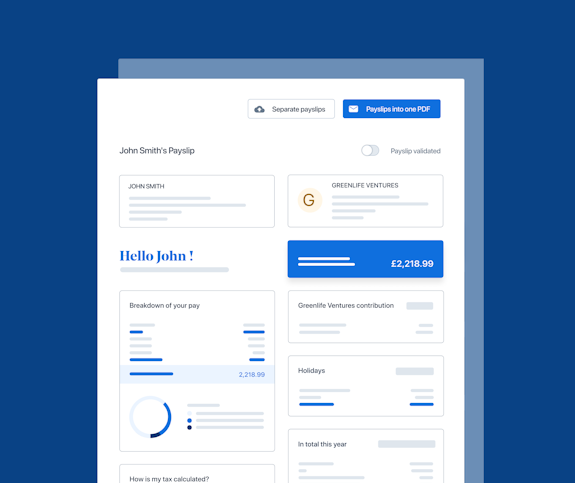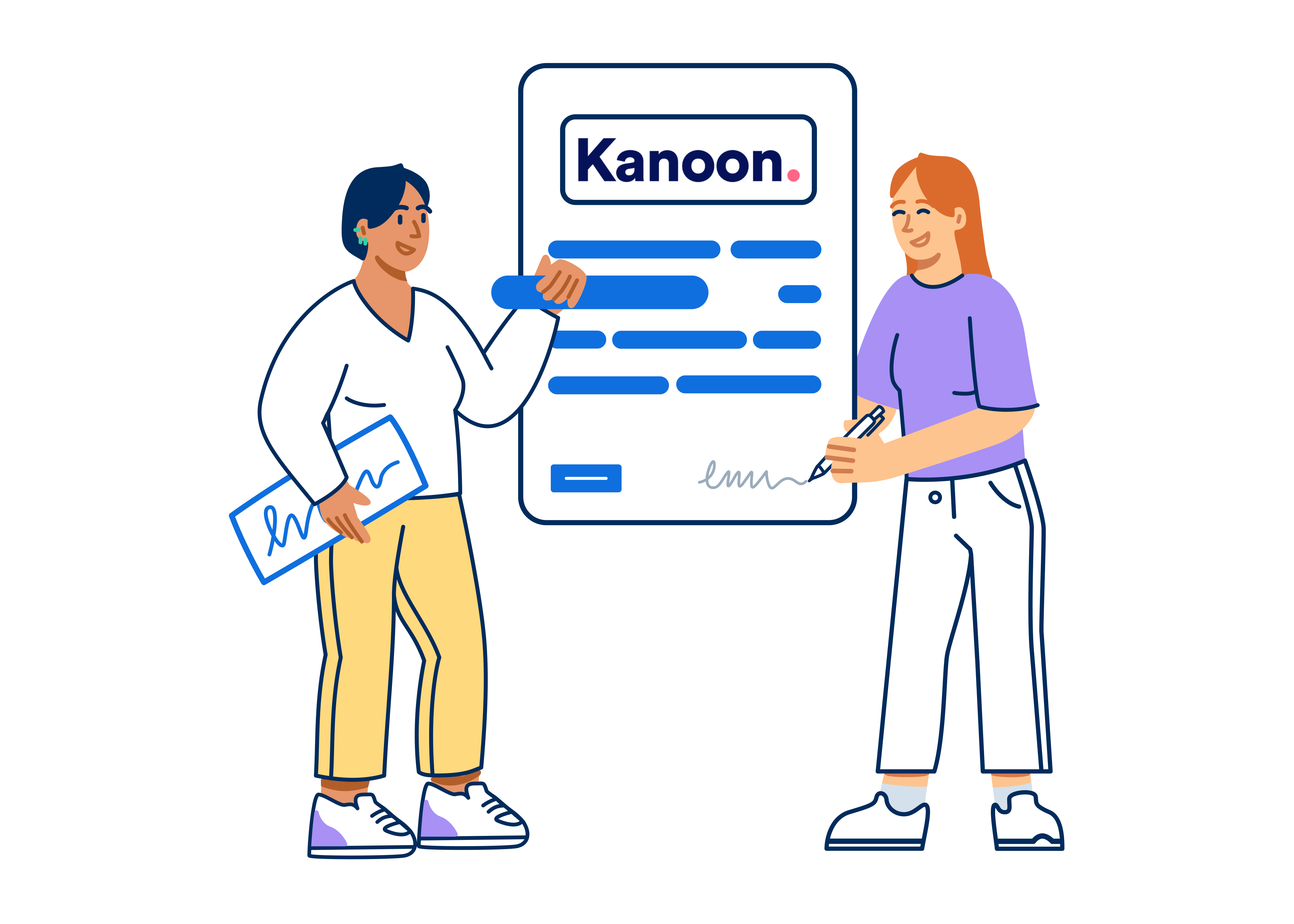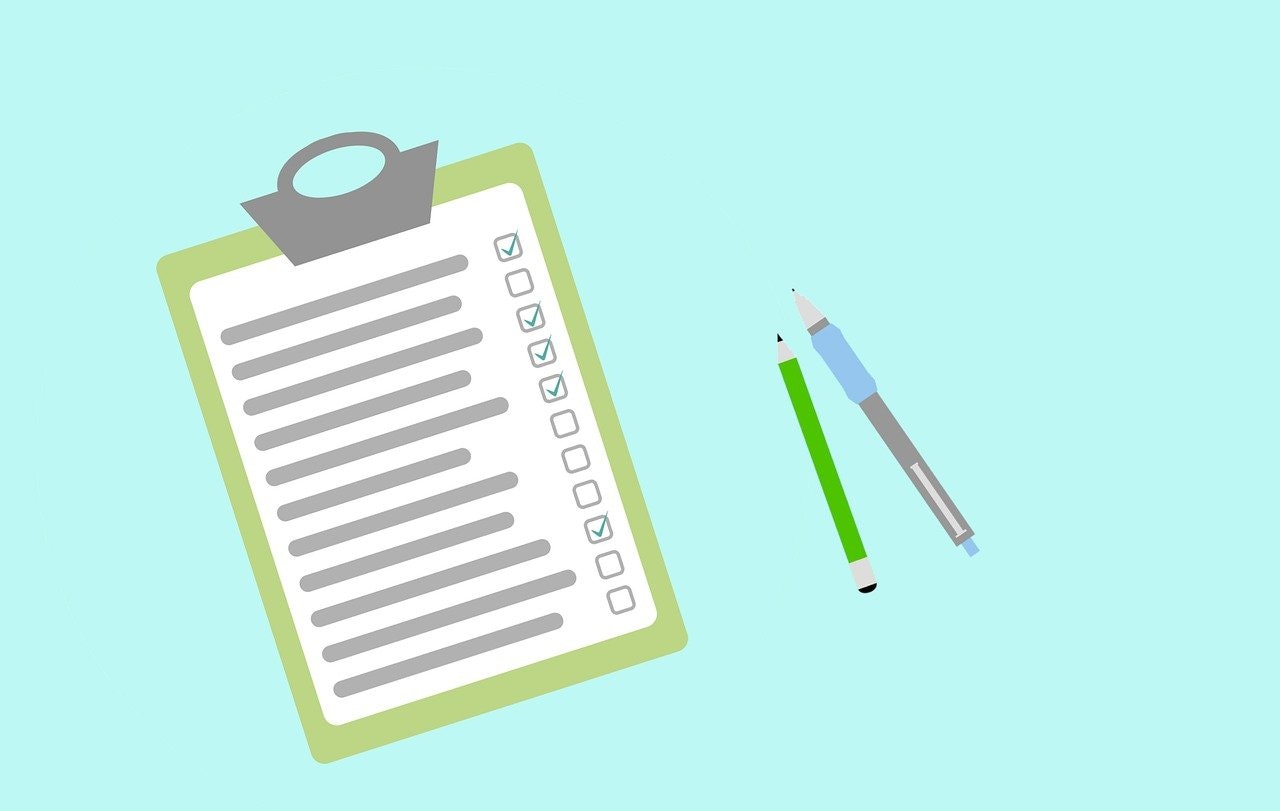- Blog
- |Managing Payroll
- >PAYE and Tax
- >what-is-a-P11D-form
What is a P11D Form and How to Avoid a Last Minute Panic When Submitting These


The P11D form is the original way to report company-wide benefits to HMRC (think medical insurance, gym memberships and meal vouchers).
It’s one of several classic tax submission forms you’ll need to be familiar with if running payroll for your organisation.
More recently, Payrolling Benefits has been gaining popularity as a faster and quicker method for employers to report benefits. If you want to switch to this scheme, you’ll need to register online with HMRC.
Not registered to payroll benefits? Then you can still choose to submit P11D forms as a way of reporting your employee benefits. Not sure how to go about this? That’s exactly what we’ll cover in this post, including how to submit your P11D forms online and on time.
What is a P11D form?
The P11D is an annual form you need to submit for each employee who received benefits or expenses from you, as an employer. You use these forms to declare benefits, including taxable expenses and other payments you pay tax on as an employer.
Why do you need to report all these items to HMRC? Simply put, some of the benefits you report impact your National Insurance contributions as an employer. In addition to this, the taxable benefits or expense you report on for each employee can affect their PAYE tax code.
It’s down to you as the employer to fill out a P11D form on behalf of each of your employees. In other words, it’s not their responsibility but yours to ensure HMRC is aware of all benefits and expenses you provide your workers.
When is the deadline to submit P11Ds?
The deadline for P11D submissions for the previous tax year is the 6th of July. Any Class 1A National Insurance you then owe must be paid a couple of weeks later by the 22nd of July.
Are there P11D late filing penalties?
Yes. If your P11D(b) submission (more on this form later) is late, then there is a penalty of £100.00 per 50 employees for every month outstanding. There are also penalties and interest if you’re late making your payment.
What should you include on a P11D form?
Simply put, any kind of benefit or expense your company is paying for, which is taxable, needs to go on a P11D form. It’s important to note there are some exceptions to this; certain benefits/expensnes are exempt or may have already been payrolled, so these won’t need to be included. Some of the most common benefits to report include:
Company car expenses, like mileage allowances or fuel
Private car running costs
Private medical insurance
Accommodation costs
Gym memberships or other subscription services
Mobile subscription plans
Childcare costs
Still unsure what goes on a P11D form? HMRC provides a complete list of all expenses you should include on their website.
What doesn’t need to be included?
As mentioned just now, there are certain benefits and expenses that are exempt from P11Ds. Round sum allowances, for instance, which have been paid through payroll shouldn’t be included. For example, lets say as an employer that you provide a travel allowance of £50.00 per month for employees who don’t have a company car. The allowance is classed as earnings and is paid as a normal gross payment on the payroll, so tax and Class 1 national insurance is calculated on the payroll. Therefore there's nothing else to pay and doesn't need to be reported on a P11D.
Benefits or expenses that are exempt from tax or NI like business travel or uniforms are also exempt as well as any expense you include in a PSA letter.
What is a P11D(b) form?
Sounds similar to a P11D form, apart from the (b), right?
Well, you’d be forgiven for mixing these two forms up.
A P11D(b) acts as a summary statement of all the benefits (both reported on P11Ds and payrolled) that you’ve provided as a company for that year. To HMRC, it’s a declaration that these are all the benefits your business has provided that year, and that you haven’t knowingly left any items out.
A P11D(b) also tells HMRC how much Class 1A National Insurance you need to pay in total for all your expenses and benefits. You’ll need to submit a P11D(b) form if:
You’ve already submitted P11Ds
HMRC asks you to submit a P11D(b) by HMRC
You paid for employee benefits and expenses through their payslips
That last bit about benefits and expenses paid through payslips is important. Some employers believe that as long as benefits are payrolled, they don’t need to submit a P11D(b). But this is a common misconception. Whether you report benefits through P11Ds or payroll them, they must be included on your P11D(b).
Without a P11D(b), HMRC can’t currently calculate what you owe for Class 1A NIC.
Filing a P11D form
Filing a P11D form is pretty straightforward, though it can be time-consuming depending on how many employees you’ll need to file for.
As paper submission are no longer accepted for the 22/23 tax year and beyond, the only way to file P11Ds is online. You can chose to do this directly with HMRC through their online service or by using a payroll or P11D software.
While a pretty straightforward process, filing out and submitting P11D forms with HMRC directly can be time-consuming. Using payroll software can help speed up this process as you can bulk upload your benefits (like you can with PayFit).
Payrolling Benefits - an alternative way to report benefits
As mentioned earlier, registering to payroll your benefits is a great way to simplify the benefits reporting process. In fact, we’ve written a whole blog on Payrolling Benefits and what it means.
P11D Submissions: How to Avoid a Last-Minute Panic
Submitting P11Ds can be a highly manual and time-consuming process, which means it can quickly become overwhelming without proper planning. With so many other things happening for businesses over Spring, it can be easy to relegate this task to the very last minute.
However, with a bit of foresight and proper planning, you can manage P11D submissions a lot more smoothly.
Here are four steps for a smoother submission process.
Five steps for smoother P11D submissions
1.List of all benefits provided to employees
Before even starting your submissions, you need to gather all the information you need. First, list out all of the benefits you provide employees, whether one-off or on a regular basis.
2. Gather all annual values for the tax year
For each benefit you provide, you’ll need to determine the annual value for that tax year. In other words, you’ll need to determine how much a specific benefit cost in total for the period from April 2022 to March 2023.
Where can I find these annual values?
Most benefit providers can provide this information. For instance, if you provide health insurance with Vitality, you can ask them for a breakdown of premiums per employee for the current tax year. Make sure this includes the total employer cost and any contributions made by the employee.
PayFit Top Tip
Chances are your third-party provider will need time to prepare your data. Given that other companies are also getting ready for the submission deadline, it’s also more than likely they’ll be busier than usual at this time of the year. So it’s a good idea to get your request in early. If you leave it to the last minute, it may be more challenging to get your data on time to prepare your P11D submission.
3. Review benefits received by leavers
When it comes to reviewing benefits received by employees, it can be easy to forget about leavers. Think about it: if someone left the company months ago, they might not readily come to mind a few week’s before the reporting deadline as you begin gathering your data. But if you don’t include benefits information for leavers, then you might not generate the right number of P11Ds for your organisation, leaving you open to fines or penalties from HMRC.
4. Complete your submissions
Once you’ve gathered all your data, including that for leavers, you’re ready to work on your benefits report. ' HMRC don't accept multiple submissions so you need to submit all of your P11Ds in one go'.
Remember: the deadline for submitting your P11Ds to HMRC is the 6th of July. So the earlier you can prepare and get all your ducks in a row for this date, the better it will be.
5. Double, then triple check (everything)
It can be tricky to correct a P11D once it’s submitted. So it’s worth checking everything you submit as thoroughly as possible. If you don’t use payroll software that automates calculations for you (which is, by the way, a very smart idea!), then this is especially important. Double (maybe even triple) check your work.
It's all about timing
Remember, the deadline to make your P11D submissions is July 6th, so it’s a good idea to plan ahead and set some time aside early in June. That way you avoid any conflicts with your usual month-end payroll duties.
How do I correct a P11D submission?
If you make a mistake on a P11D submission, then you’ll need to submit it. It used to be that you could simply submit paper corrections. However, this is no longer the case. Instead, you’ll have to submit the corrected values through HMRC’s online service. You’ll also need to include a new P11D(b) that reflects these corrections.
Finally, here are a few recent changes from HMRC to keep in mind:
P11D Online submissions - If you’re an organisation with less than 500 employees, you can now submit P11D forms through the PAYE Online for employers portal. As mentioned previously, HMRC no longer accepts paper submissions so the only options are to submit via the online portal or by using a commercial payroll software.
P11D corrections - Corrections to P11D forms are no longer accepted by post. Instead, employers must complete a new P11D for each employee that’s been affected, as well as a new P11D(b) and submit them online. There also is no option to bulk upload these.
Online PSA - As of the new tax year, HMRC allows employers to set up, change or cancel a PSA settlement agreement online. Instead of waiting months to see if a PSA was agreed upon, employers can now check the status of their applications online. To learn how to craft a PAYE settlement agreement, check out PayFit’s template.
Informal payroll agreements - As mentioned before, if you had an informal agreement to payroll benefits for 2022-2023, then you must tell HMRC in advance as HMRC no longer allow you to informally payroll benefits.


A UK 4-Day Working Week - Thoughts On Labour’s Plan

Running payroll - A Guide For New Businesses

The Alabaster Ruling & Maternity Pay - A Guide For Employers

The End Of Zero Hours Contracts? Implications For Businesses

What is the HM Revenue and Customs Starter Checklist

